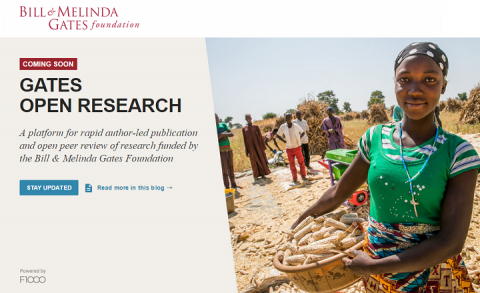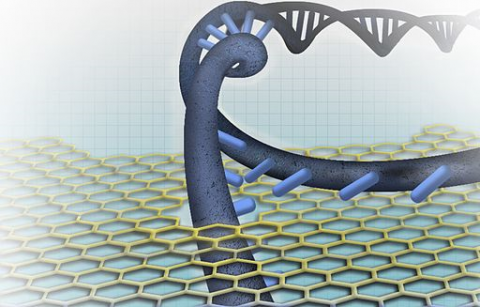Several articles in the Preclinical Reproducibility and Robustness channel now include interactive reanalysis interfaces that enable others to reproduce analyses within the article itself, Thomas Ingraham outlines how these work.
Have a ten minute incubation period? Treat yourself to a short break and catch up with all that’s been happening in the world of Open Science!
Following the birth of the first three-parent baby last year, there seems to be some division between enthusiasm and concerns that still remain over the technique used to prevent a woman passing on a genetic disease to her baby. Diseases, such as Leigh syndrome, a severe neurological disorder, can be passed down through mutations in the mother’s mitochondrial DNA. In…
Food production has benefitted immensely from revolutions: the prehistoric agricultural revolution that kick-started it all; the new practices and machinery that accompanied the industrial revolution; and the green revolution of the late 20th century that saw the rapid expansion of newly designed crop varieties and agro-chemicals; all of which helped feed the world’s burgeoning populations.
Collaborations can be a vital means to tackle complex scientific problems and global challenges. Although there can be benefits for research, it might not always be the best approach to take. Liz Allen discusses how to recognise the value of collaborations and the importance of understanding when and how to forge, sustain and nurture them.
Throughout the year, our Faculty works tirelessly to highlight the noteworthy studies and findings in their fields. In so doing, they not only help us maintain our sanity by keeping our ‘to read’ pile at a manageable level but also acknowledge the quality of research from their contemporaries, thereby helping to raise the profile of…
When we first launched F1000Research just over four years ago, we took the first step on a journey that we hope will change the way the results of scientific research are published by using a fully transparent post-publication peer review model. We are delighted to announce today that the Bill & Melinda Gates Foundation has agreed to join us on this journey by partnering with us to launch Gates Open Research using that same model of publication.
Open science could improve the dissemination of scholarly knowledge, but there is no commonly shared vision on how this could be achieved. Following discussions concerning the matter, guest authors, Katja Mayer, University of Vienna, and Peter Kraker, postdoctoral researcher at Know-Center, propose twelve principles that they hope will inspire a widespread discussion towards a shared vision for scholarly communication in the 21st century.
There has been a lot of excitement in the Nanopore community recently from long reads to technical updates. Publishing Editor, Hollydawn Murray, gives us a run down of recent events and speaks to F1000Research author Scott Gigante who has been part of the recent excitement.
Cluster Flow is a pipeline tool developed by the SciLifeLab Swedish National Genomics Facility and the Babraham Bioinformatics Group in the UK. It has been described in a Software Tool Article on F1000Research. In this guest blog, one of the article’s authors, Phil Ewels explains what Cluster Flow is and how it will be of use to the bioinformatics community.













